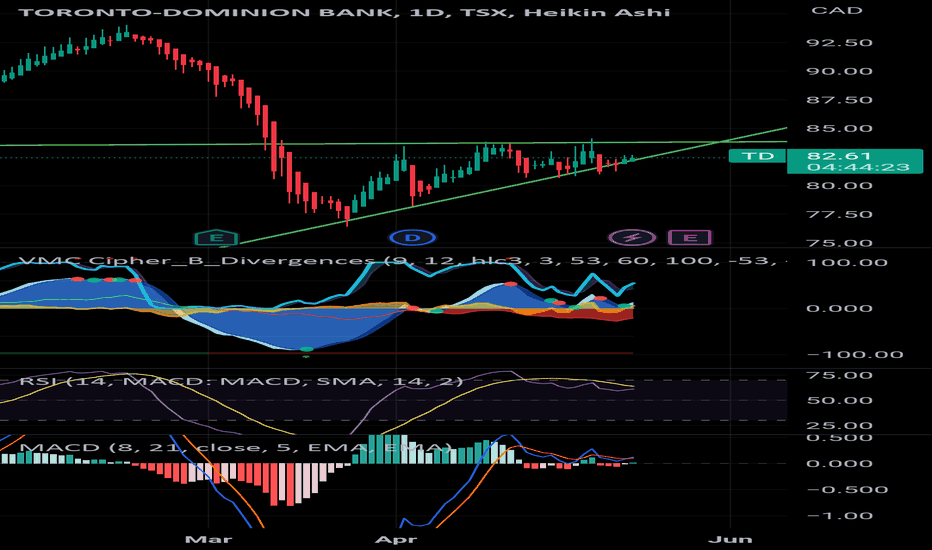Metals and technology led a broad-based decline in Canada’s major stock index on Friday, while U.S. markets managed only modest gains despite persistent anxiety about interest rates.
At 20,074.65, the S&P/TSX composite index had a loss of 57.43 points.
The Dow Jones industrial average in New York increased by 75.86 points to 34,576.59.The Nasdaq composite increased 12.70 points to 13,761.53 while the S&P 500 index increased 6.35 points to 4,457.49.
According to John Zechner, chairman and lead equities manager at J Zechner Associates, markets appear to be under pressure going into September after a lower August following a tech-driven surge in the first half of the year.
He said the market’s ongoing recognition that interest rates would probably need to stay higher for longer is the problem.
According to Zechner, inflation might increase this fall, increasing pressure on central banks as oil prices continue to rise and are expected to reach close to US$88 per barrel on Friday. According to him, the economic data that is slowly becoming available conveys a conflicting picture of a slowing economy yet surprising strength.
According to Zechner, “the markets are sort of digesting all of this and just realising that perhaps they’ve been a little too optimistic on the rate side.”
According to the most recent Canadian labour market report, the economy added more jobs than anticipated in August, and the unemployment rate remained stable at 5.5%, breaking a three-month trend of growing unemployment.
The most recent GDP figures for Canada’s second quarter, which unexpectedly contracted last week, however, surprised investors even more, according to Zechner: “No-one was expecting a negative number.”
According to him, a combination of economic statistics, longer-term interest rate forecasts, and worries about a deteriorating consumer are causing investors to struggle.
“You don’t want the data to be too strong because then you’ll receive rates that are even higher for a longer duration. On the other hand, you know, if it accelerates too fast and too quickly to the downside, earnings are at risk.
After the Bank of Canada’s decision to hold rates, all eyes will be on the U.S. Federal Reserve’s decision later this month. According to Zechner, they will very certainly hold as well. The bigger query, however, is if there would be another rate increase in the United States later this year.
They simply don’t want to take the possibility that they could reaccelerate inflation, he added, so they want to make it appear as though it is.
Simply said, they don’t want to ignite this. Thus, it involves balancing.
But according to Zechner, the market may still be too bullish and isn’t completely buying into the current hawkish rhetoric from central banks.
The market has accepted the idea that GDP will slow, inflation will reduce, and interest rates will be cut by the middle of next year.
According to him, this exuberance may endanger the market as a whole.
The Canadian dollar was valued at 73.36 US cents, up from 73.13 US cents on Thursday.
The October natural gas contract increased three cents to US$2.61 per mmBTU while the October crude contract increased 64 cents to US$87.51 a barrel.
The December copper contract was down five cents at US$3.72 per pound while the December gold contract was up 20 cents at US$1,942.70 per ounce.

